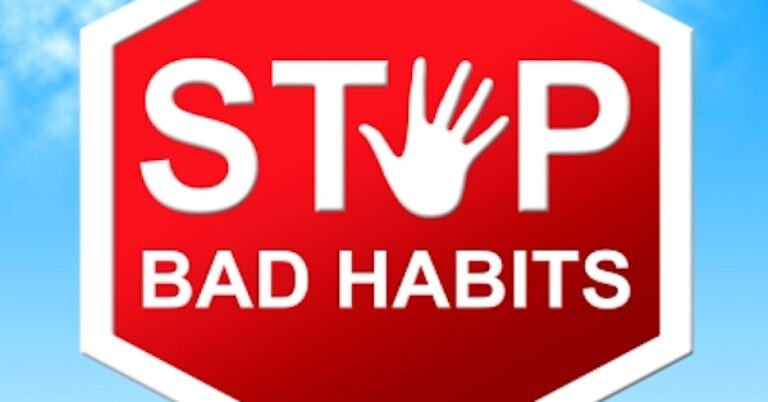The discourse on the use of psychoactive substances is ripe for a paradigm shift. Traditional views have pendulated between branding it as a moral failing or a medical disease. All of our models imply the user is broken, and that any use of a psychoactive substance not recommended is a pathology. Emerging perspectives — influenced by groundbreaking research that has long been known, like Bruce K. Alexander’s Rat Park experiment, and newer perspectives contextualizing substance use in the environment as a reasonable response to trauma and stress relief — suggest a more intricate narrative.
A Tapestry of Influences: From Rat Park to Societal Contexts
The Rat Park experiment, a cornerstone in addiction research, revealed that environment and social context significantly influence substance-dependent behaviors, challenging the notion that addiction is merely a response to the pharmacological effects of drugs (Alexander et al., 1978). If it were so, anyone who ever had anesthesia would come out craving more opiates. If you ever had surgery, even a colonoscopy, you’ve likely had fentanyl. To the point: this early research taught us that animals trapped in solitary confinement with no stimuli, save psychoactive drugs, prefer the drugs. If provided an environment that offers needed stimuli, drugs are not preferred to the extent of dependency.
Building on this, other emerging views dismantle traditional views, highlighting the role of choice and agency in substance use. Dr. Carl Hart posits that the demonization of drugs often overshadows their use as a rational response to socioeconomic conditions (Hart, C., 2013). This perspective aligns with the self-medication hypothesis readily accepted in the medical model, suggesting that substance use is often an attempt to manage underlying psychological distress or mental health disorders (Khantzian, E. J., 1997). How can it be pathological to take action to make oneself feel better, or even just want to have fun? We often forget that rates of dependency on all psychoactive drugs are in the minority. For example, the dependence rate among cocaine users in the first two years of use is as low as 5-6 percent (O’Brien, M. 2001). This means that most people who engage with psychoactive substances do not become dependent, and more often than not are enjoying themselves. This doesn’t negate the dangers or harms of dependence but demonstrates our miscalculated focus on the substances themselves.
Dependency upon psychoactive substances is a multifaceted phenomenon, influenced by a blend of environmental, psychological, and socio-cultural factors. The societal stigma surrounding substance use, coupled with cultural narratives and racial disparities in drug policy, significantly impacts the development and perception of substance-dependent behaviors, revealing dependency as a response to a confluence of emotional dysregulation, unmet psychological needs, and environmental stressors, not a simple biological response to a chemical (Flores, P. J., 2004).
Implications: Transforming Treatment and Policy
Recognizing addiction as a product of this intricate tapestry calls for a radical transformation in treatment approaches and public policy. A non-pathological perspective necessitates a comprehensive strategy that addresses the psychological, environmental, and social determinants of addiction. Advocacy for scientifically informed and human rights-based policies, such as harm reduction and the decriminalization of drug use, reflects this need for change (Hart, C., 2013).
This integrated approach also demands an overhaul in societal attitudes towards the use of psychoactive substances. Moving beyond simplistic notions of chemical dependency, we must adopt strategies that are empathic, personalized, and encompass a range of interventions, including psychological support, environmental changes, and bolstering social support systems. For this we need more education in graduate programs, continuing education to move beyond the myopic need to prevent ourselves from harm, and to move towards a relentless pursuit of what creates repair and connection. We all know overuse and dependency on external substances is not optimal for health, but the obsessive focus on removing this one type of coping does nothing to move us forward in enhancing our wellness and instead has imprisoned and killed an uncountable total.


















+ There are no comments
Add yours